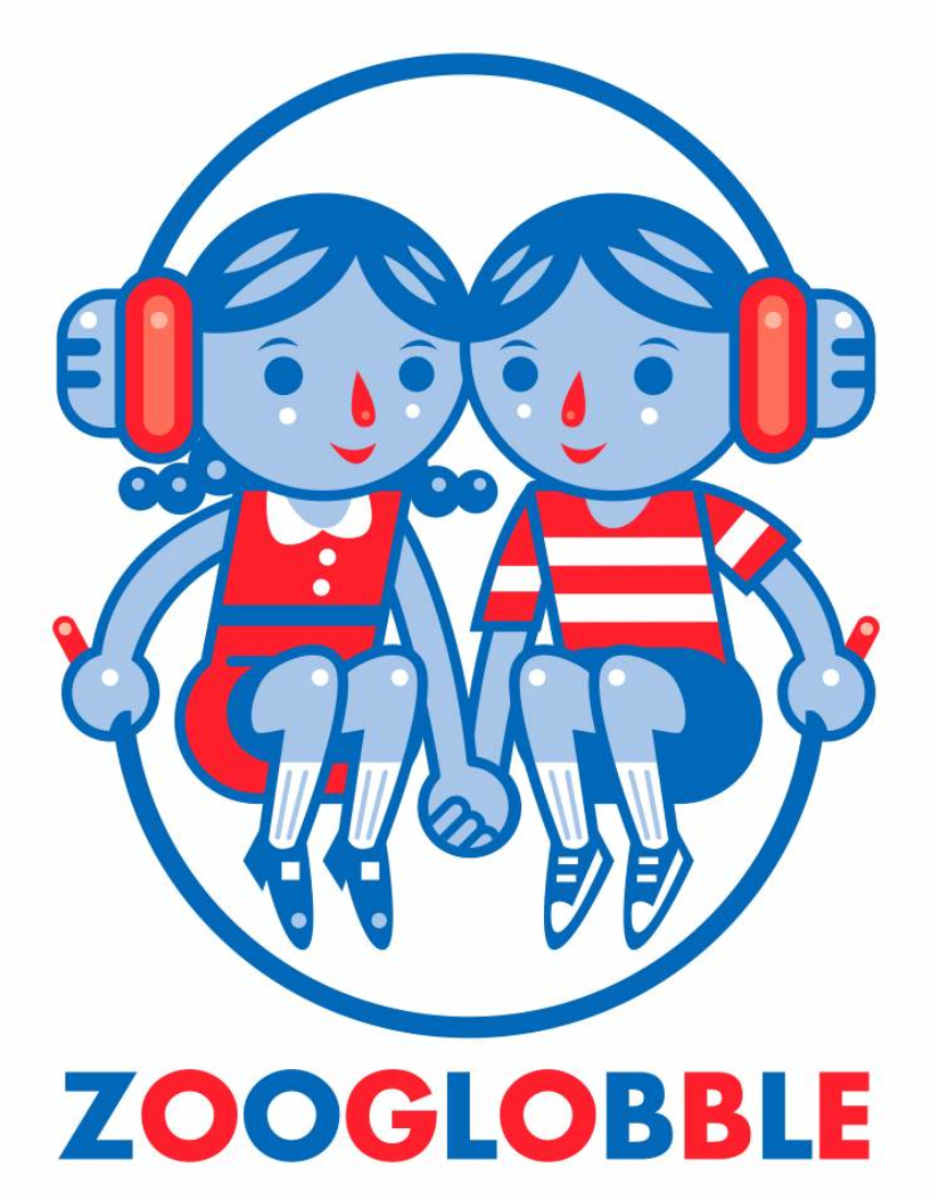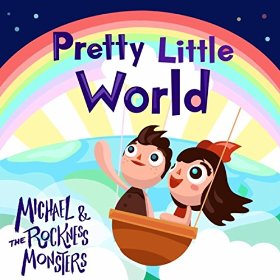One of the appealing features of the kids music world is what I've found to be a relative openness to new voices. That concept applies to musicians, of course, but also to those of us who interact with musicians, be it technicians, concert folks, or writers.
A somewhat newer voice in the kids music world is Rebecca Yorn Alison. She jumped into the kids music world more than four years as the founder of the kids music website Kids Can Groove. More recently, she's started booking shows for some of her favorite kindie bands as Little Cloud Management.
But like many people who find themselves drawn into a musical genre whose popularity hasn't fully reached the mainstream (we're trying!), she's first and foremost a fan. So I thought she'd provide another good perspective in our ongoing Intro to Kindie series in which folks provide a list of songs that introduce kids music to people who are unfamiliar with the genre. The list (and Spotify playlist) she provides tends toward the new (that They Might Be Giants isn't even formally released until later this week), but, as I said... new voices!
I love to “talk” music and was so excited when Stefan asked me to share my Intro to Kindie Music story.
My foray into kids’ music happened when my daughter Emily was just a year old. At the time, we had a fairly traditional family music collection: a few nursery rhymes, Raffi and Sesame Street. They were the sweet background of our early days as parents, but we were in need of a little variety.
Then my husband discovered two albums: Here Come the ABCs by They Might Be Giants and Kidzapalooza Vol.1. Skeptically, I gave each one a listen. I couldn’t believe it was “kids’ music.” These bands that play music for adults were engaging in linguistic experimentation, channeling their creativity into meaningful lyrics for kids. The compositions had an adult style and appealed to our daughter. It was not at all what I thought kids’ music was “supposed” to sound like. I was truly floored!
We stumbled upon the indie pop melodies of Lunch Money, lyrical hip hop mastery of Secret Agent 23 Skidoo and pop-punk-rock of The Not-Its! I started searching for kids’ Indie music (before I knew that it was fashionably called “Kindie”). We found the electro-pop of The Pop Ups, and mealtime was happier when Ralph's World came on. The sweet, hip folk sounds of Elizabeth Mitchell filtered in followed by The Okee Dokee Brothers’ bluegrass odyssey. Our music collection just kept growing!
I felt like I’d struck gold and had to share my treasure. But when I started talking to other parents about what they were listening to, I got a lot of bewildered faces and some eye rolls. More than once, I was asked, "Yeah, but is the music any good?"
That’s when I launched Kids Can Groove, a blog that introduces new music to other music lovers who have kids. I immersed myself in this genre by hosting my own concerts and starting a booking agency called Little Cloud Management.
Over the past 6 years, I’ve seen music serve an important purpose in Emily’s life, as it has for me. She’s become emboldened in her own creativity and more confident in herself. Her fears have been quelled and friendships made stronger. Her imagination has been ignited and expanded, and she has learned about all kinds of subjects even before entering school. And none of the quality has been forfeited. Though we have always exposed Emily to music in both adult and kids’ genres, I like the peace of mind that comes when spinning a CD or downloading a playlist geared towards families. I don’t run the risk of realizing a little too late that "Kitty" by the Presidents of the United States of America is definitely not as innocent as it sounds (nor as I remember it being). That actually happened!
The world can be big and confusing and scary for kids as they try to navigate through developmental changes and social-emotional challenges. (I feel the same way as an adult!) Music specifically geared toward kids, offers an understanding through language that is spoken in just the right amount of words, syllables and images.
My Intro to Kindie list includes songs that encompass these qualities. You’ll also find songs that initially got us hooked, and newer ones that continue to provide endless hours of purpose and entertainment. Creating a final playlist for this process was way more painful than I initially imagined. In addition to listing songs that have been family repeats, I chose to sprinkle in a few bilingual songs as they have also made their mark in our music collection.
Freeze Tag - The Not-Its!
Ladybug - Frances England
It Makes You Feel Good - Renee & Jeremy
A Cookie As Big As My Head - Lunch Money
Q and U - The Bazillions
Omnicorn - They Might Be Giants
Pockets Full of Joy - Lucy Kalantari
Hold On To Your Dreams - MIsta Cookie Jar & The Chocolate Chips
L-O-V-E - Josh and the Jamtones
Nightlight - Secret Agent 23 Skidoo
H2O - Moona Luna
Vroom - Todd McHatton
A Frog Named Sam - Ben Rudnick and Friends
Red Fox - Pointed Man Band
Spiders Under My House - The Jellydots
Bill - Ratboy Jr.
Wisconsin Poncho - Gustafer Yellowgold
Rainbow - Wunmi
Tickle Monster - Vanessa Trien and the Jumping Monkeys
Mr. & Mrs. Sippy - The Okee Dokee Brothers
Sally, Can I walk You Home? - Robbie Schaefer
The Shark Fighter- The Aquabats!
It’s All How You Look At It - Brady Rymer
Tres Ratones - Lucky Diaz and the Family Jam Band
My Dog Steve - The Hipwaders
Food Calculator - Alphabet Rockers
Forever Young - Andrew & Polly
Poong Nyun Ga - Elena Moon Park









